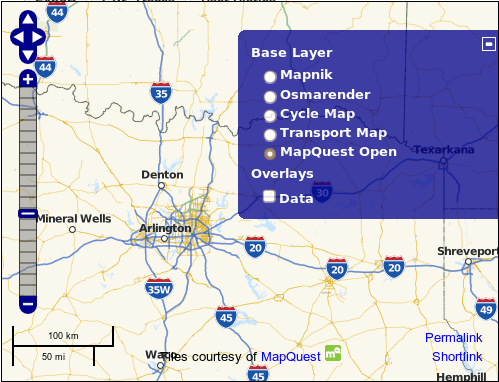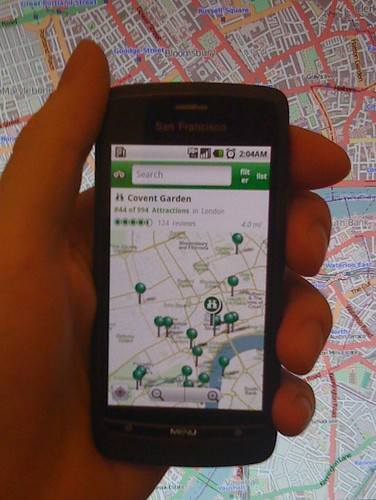November 28th, 2011 – December 12th, 2011
A summary of all the things happening in the OpenStreetMap (OSM) world.
- You can donate for the new OSM server! A list of all donators so far can be found here.
- Since November 27th, 2011 the OSM project has more than half a million registered members and a few days later the 10 millionth changeset was created.
- Last week a new set of e-mails has been sent to all users who did not agree to the new contributor terms yet (No. 5 in the LWG minutes). You can follow the development by checking the statistics after December 7th here.
- You can find the current status of a user’s agreement to the new contributor terms at each user’s OSM page now. For example: http://www.openstreetmap.org/user/Firefishy
- The Strategic Working Group is collecting suggestions/comments from the OSM community about the future direction of the project. You can find it in the wiki.
- Help the OSM Foundation to communicate with more Mapppers in their native language.
- The call for venues for the next State of the Map conference 2012 is open now.
- The Weekly OSM Summary is now also available in Spanish, gracias Chile!
- A FLOSS manual about OpenStreetMap – A really nice overview about OSM, Mapping tools and other important things.
- A „3D Dev weekend“ for developers of OSM 3D is planned for March 2012. You can find some more information here.
- Two attorneys in the USA have been asked whether the OSM map data falls under copyright or not. Read more here.
- The OpenLinkMap is back online. Find out more about it here.
- With ShareMap you can create your own map and present it in several formats like SVG, bitmap raster or interactive web map. Try it out here.
- A nice animation about the edits in Prizren (Kosovo) made by geocommons.
- Konstantin Käfer created a tiled version of Gregor Aisch’s map “Streets of Berlin” inspired by Fathom’s “All Streets” map.
Did we miss something? You can contact us via weekly.osm@googlemail.com
Authors: Pascal & Dennis – (thx @ “Wochennotiz”)






